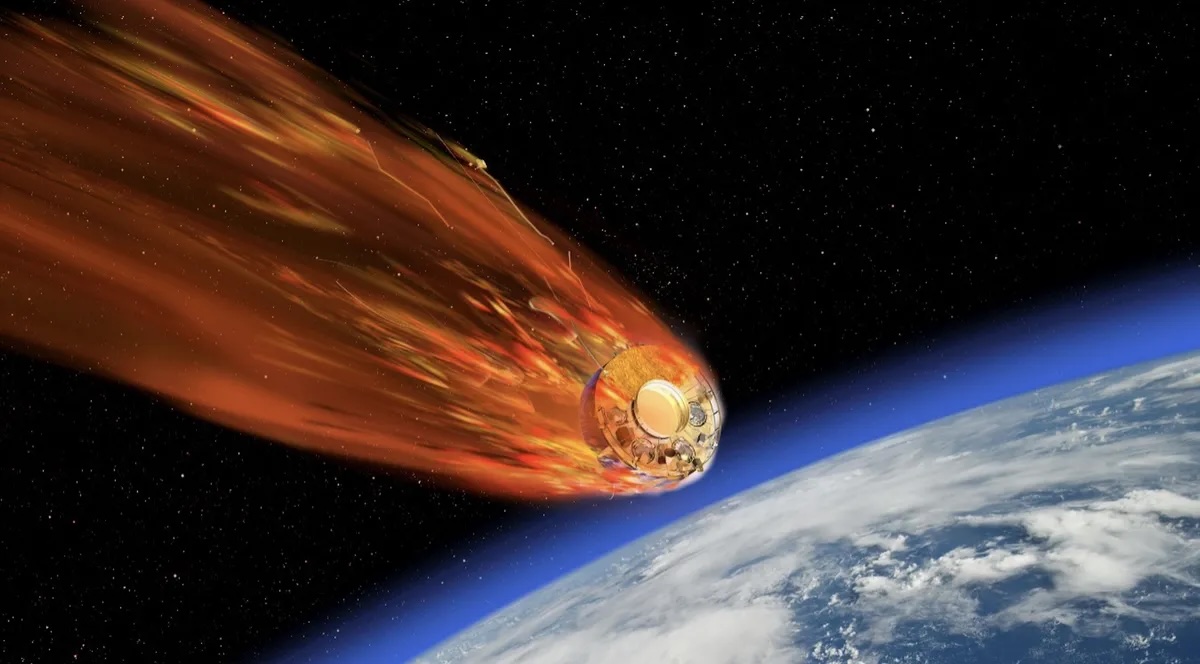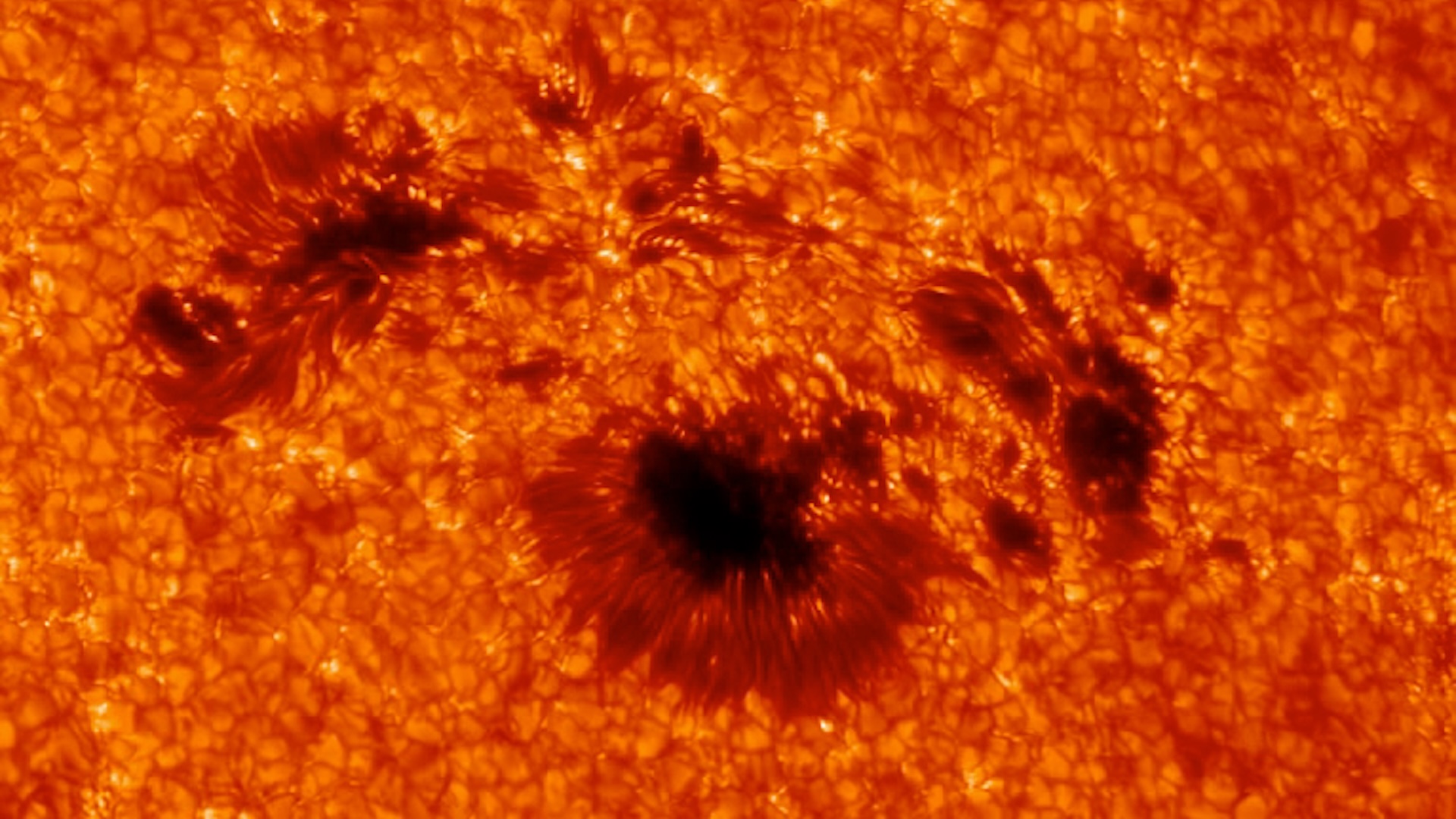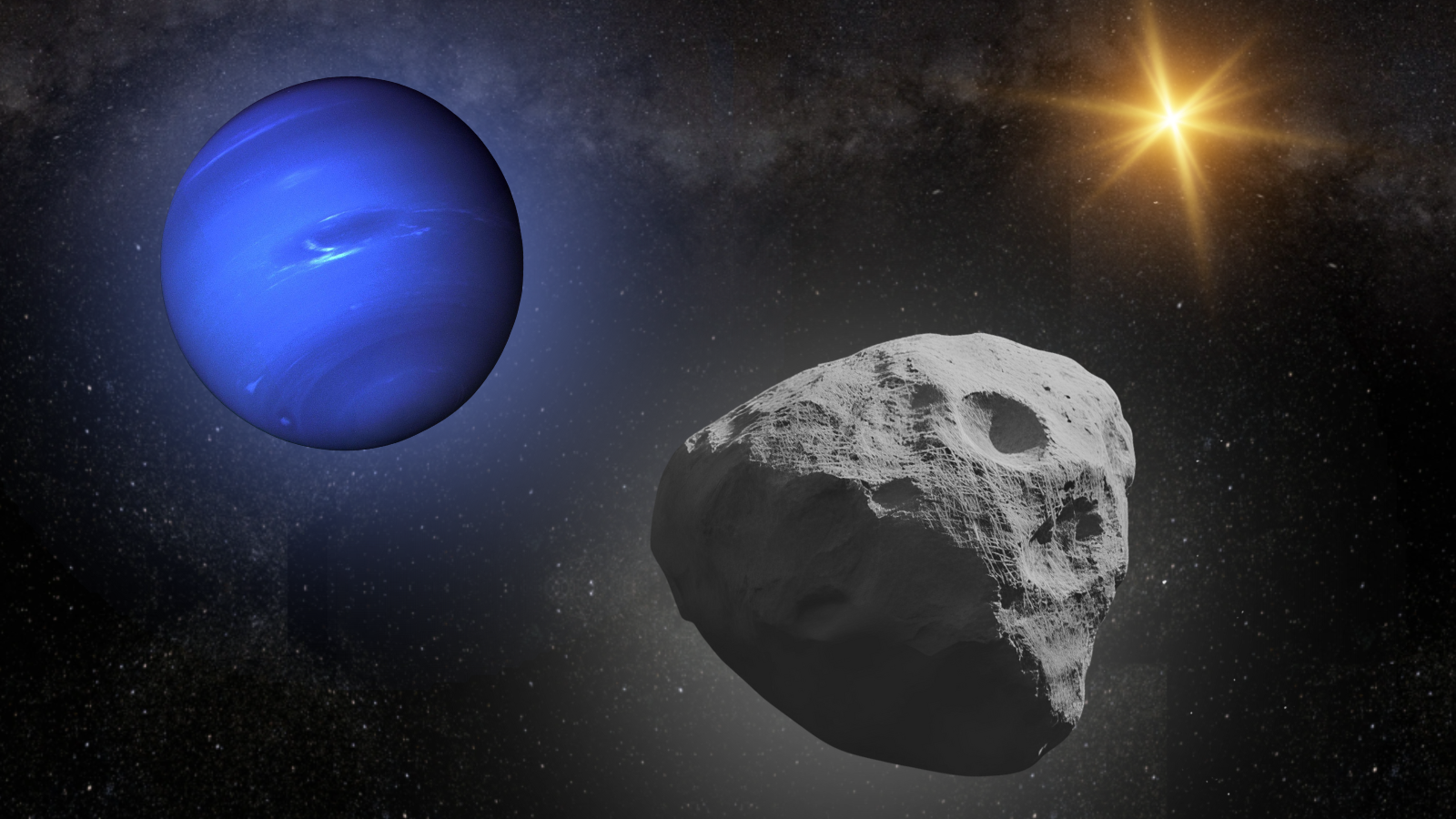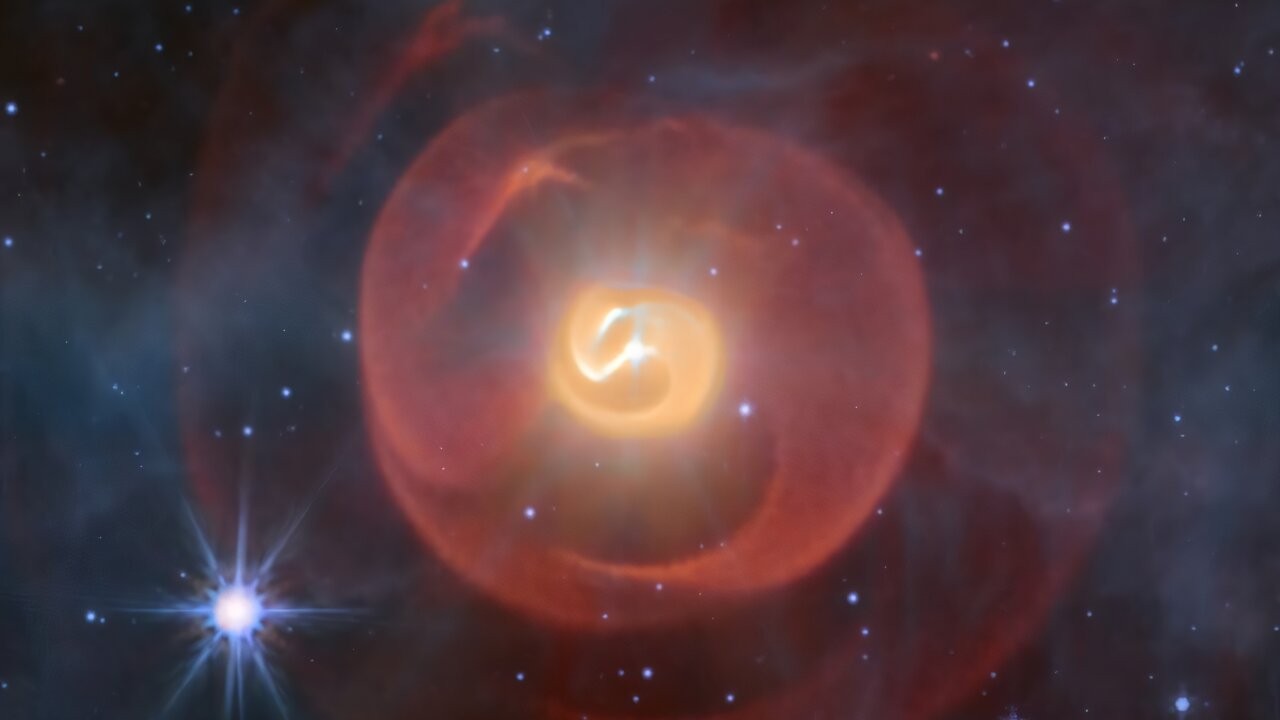A doomed 53-year-old Soviet lander currently tumbling back to Earth could be trailing a parachute, new images of the spacecraft reveal.
The Kosmos 482 probe, which launched in 1972, was built to land on Venus as part of the former U.S.S.R.’s Venera program. But a malfunction in the rocket it was mounted on caused the spacecraft to split in two, with the main body crashing back to Earth in 1981 and the lander section remaining trapped in orbit ever since.
Now, after news broke that the lander will finally return to our planet sometime around May 10, satellite trackers have analyzed photos of the craft and revealed an unknown object trailing behind it.
“Some structure is connected to the capsule,” Ralf Vandebergh, a Dutch astronomer and astrophotographer, wrote on the social platform X. “Not impossible that it’s the parachute, but this is still speculation!”
Kosmos 482 was built as a sister probe to Venera 8, which launched in July 1972 to become the second craft (following Venera 7) to land on Venus. Once there, Venera 8 beamed data from Venus for just over 50 minutes before being fried by the planet’s blisteringly hot atmosphere.
Related: 5,000-pound European satellite burns up over Pacific Ocean after 30 years in orbit
Designed to survive passage through Venus’ atmosphere, the 1,091-pound (495 kilograms), 3-foot (1 meter) lander is likely to return to Earth intact.
Vanderbergh snagged this first set of high-resolution images in July 2024 and posted them on X on April 29, 2025. In side-by-side comparisons with photos captured in June 2014, both sets of images appear to show “a compact ball” with “a weak elongated structure at one particular side of the ball” appearing in several frames, he said.
Even if this trailing material is indeed the lander’s parachute, it’s unlikely that it will survive the craft’s approximate 150 mph (242 km/h) reentry through our planet’s atmosphere.
“If it is true that this is the parachute that came out a long time ago in space, this would mean it is likely to burn up on reentry and will have no function in slowing down the spacecraft,” Vanderberg wrote on X.
With satellite watchers avidly tracking the spacecraft’s descent, further images and up-to-date projections of where it will land are sure to follow. Watch this space.














